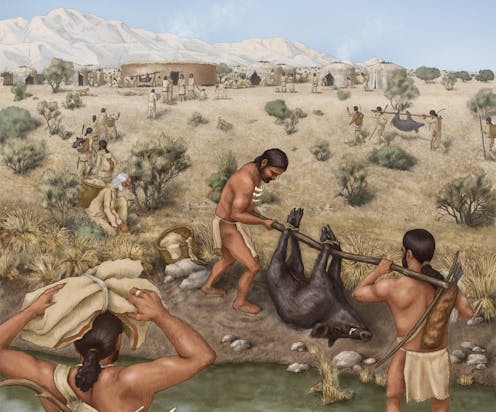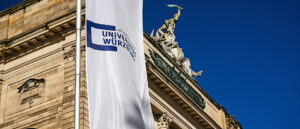
Archaeological research at Asiab in the Zagros Mountains of Iran has unveiled fascinating insights into social practices from 11,000 years ago. A recent study indicates that guests at an ancient feast transported wild boars from significant distances, demonstrating the complex social dynamics of prehistoric communities.
The remains of the feast revealed the skulls of 19 wild boars, which were meticulously arranged and sealed in a pit within a circular building. Analysis of butchery marks confirmed these animals were intended for communal feasting. However, the origins of the boars had remained a mystery until now.
By examining the microscopic growth patterns and chemical signatures in the tooth enamel of five boars, researchers discovered that some had been brought to the celebration from over 70 kilometers away. This distance suggests that transporting these animals required substantial effort, particularly given the challenging mountainous terrain of the region.
Feasting Before Agriculture
Feasting is commonly associated with agricultural societies that have surplus food supplies. While the notion exists that feasting may have spurred the advent of agriculture, evidence from pre-agricultural societies is relatively scarce. The findings from Asiab are significant not only due to their early date but also because they illustrate the lengths to which individuals would go to contribute to community gatherings.
This early feast is particularly noteworthy as it highlights the cultural importance of food and its role in social interaction. Just as contemporary gatherings often involve special dishes, the ancient people of Asiab recognized the value of reciprocity in their communal celebrations.
Culinary traditions have always played a vital role in shaping cultural identities. Similar to how modern festivities, such as Christmas or Eid, involve cherished meals, the act of sharing food in ancient times served to strengthen social bonds and signify geographic connections.
Insights from Tooth Analysis
Teeth grow in a manner akin to trees, forming layers of enamel and dentine that provide insight into an animal’s diet and growth patterns. In this study, researchers sliced the teeth of the Asiab boars to examine daily growth layers under a microscope. The variability in isotopic ratios suggested that some of the boars had traveled considerable distances, possibly requiring two or more days of travel to reach the feast.
This research illustrates how thoughtful contributions, much like a carefully selected bottle of wine today, served to commemorate significant events and reinforce social ties within the community.
The study was funded by Early Career Research grants from Griffith University and the Society for Archaeological Science. As more is uncovered about these ancient practices, it becomes increasingly clear that the customs surrounding food have deep historical roots, reflecting the enduring importance of community and connection across thousands of years.







